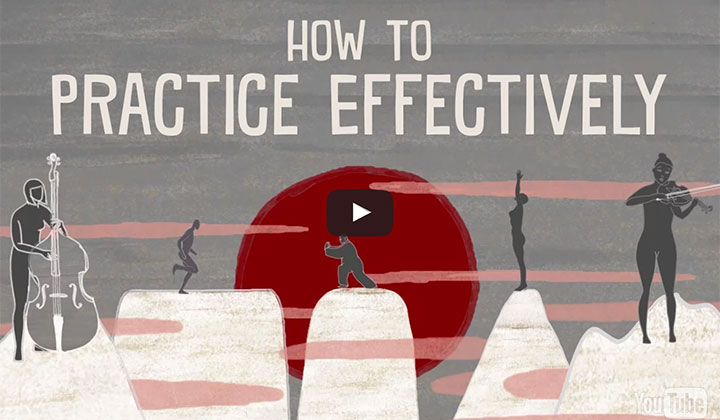Why hearing isn’t necessarily understanding
Latest Posts • June 29, 2015

“I’m all ears…” you might say, whereas somebody else could already be “turning a deaf ear.” You “prick up your ears” in anticipation. And someone “lending an ear” is listening carefully.
Our language has endless terms for hearing, often ones we use figuratively.
Putting “a bug in your ear” fortunately has nothing to do with insects, and if something “makes your ears burn,” thankfully your head isn’t actually on fire.
We tell a disobedient child, “you’re not listening,” but is that true? What if it’s actually the child’s brain that’s not ‘listening’?
For children with Auditory Processing Disorder (APD), this seems to be the reality. APD is a poorly understood syndrome that interferes with the brain’s ability to recognize and interpret sound.
Up to 5% of school-aged children are affected by APD. Generally their hearing is fine. For these children, the problem lies in processing what they hear.
Somehow what goes into the ear gets mixed up by the time it reaches the brain. The brain ‘hears’ something different, and there’s a resulting disconnect between what is said and what is understood.
Personally, I became aware of the condition when my daughter Emma entered school. She had had problems with reading and writing starting early on. Paying attention and understanding what was being said, especially with noise in the background, was equally difficult.
Fortunately it was during that time that I also discovered the biography of French actor Gerard Depardieu. As a student, Depardieu had similar problems and it was only through studies with a certain ‘Dr. Mozart’ that he was able to become the successful actor we know today.
I’ve written about this in my book “Unleash the secrets of Education”.
Behind the name Dr. Mozart was the French doctor, Dr. Alfred A. Tomatis. Born in 1920 in Nizza, he went on to become an an ear, nose and throat specialist and started his practice in Paris.
He dedicated most of his research to studying connections between hearing and the voice, and the connection between listening and communication in particular. He discovered that a message – even if heard correctly – can be processed poorly on a different level.
He was also able to demonstrate that our voice only contains the frequencies our ears can hear. Tomatis was the first to prove the close connection between auditory perception and linguistic-tonal expression.
His discoveries led to his founding a new multidisciplinary medical science called Audio-Psycho-Phonology (APP).
The term APP is meant to take into account the connection of hearing, mental processing and communication. Today we commonly refer to this method as the Tomatis method.
The Tomatis method is a unique listening therapy. Utilizing a special machine, the ‘Electronic Ear’, it can improve people’s hearing. Using special earphones, one listens to specially engineered sounds that exercise the muscles of the middle ear and stimulate the brain. The frequencies of the sounds are modified in such a way that they stimulate exactly the areas of hearing where one might shows deficiencies.
After a certain period of time, exercising the middle ear this way leads to permanently improved hearing (not to mention related abilities).
This ‘micro-gymnastics’ for the ear therefore not only improves hearing but also speech, communication and concentration skills, as well as personal development.
Once the ear is given the opportunity to correctly hear frequencies previously out of range, hearing and listening (with all the emotional components) are permanently improved.
My daughter Emma’s case demonstrates this nicely. Assuming she had difficulties hearing the different sounds of language – maybe because to her, they sounded very similar – you can imagine how hard it must’ve been for her to keep up in class where most instructions were given verbally.
In such a scenario, learning to read and write would be difficult. This is the crucial time where children have to link sounds to letters and learn how they correspond.
And if Emma couldn’t properly hear the difference between “hat”, “cat”, “mat” and “chat” – how would she be able find the letter to match with ‘-at’?
Paying attention and concentrating would naturally push her beyond her limits if she already had to spend so much effort just listening.
It was exhausting and frustrating for her – it would be for any child. And can lead to learning difficulties, attention deficits and disruptive behavior.
But after finishing Tomati’s listening therapy, Emma’s hearing perception – and all related abilities – suddenly improved.
All signs of sensory processing problems vanished, her concentration and verbal skills improved and as a result her overall learning accelerated.
Looking back, I’m still very grateful that I “pricked up my ears” when I read Depardieu’s biography.




Leave A Comment